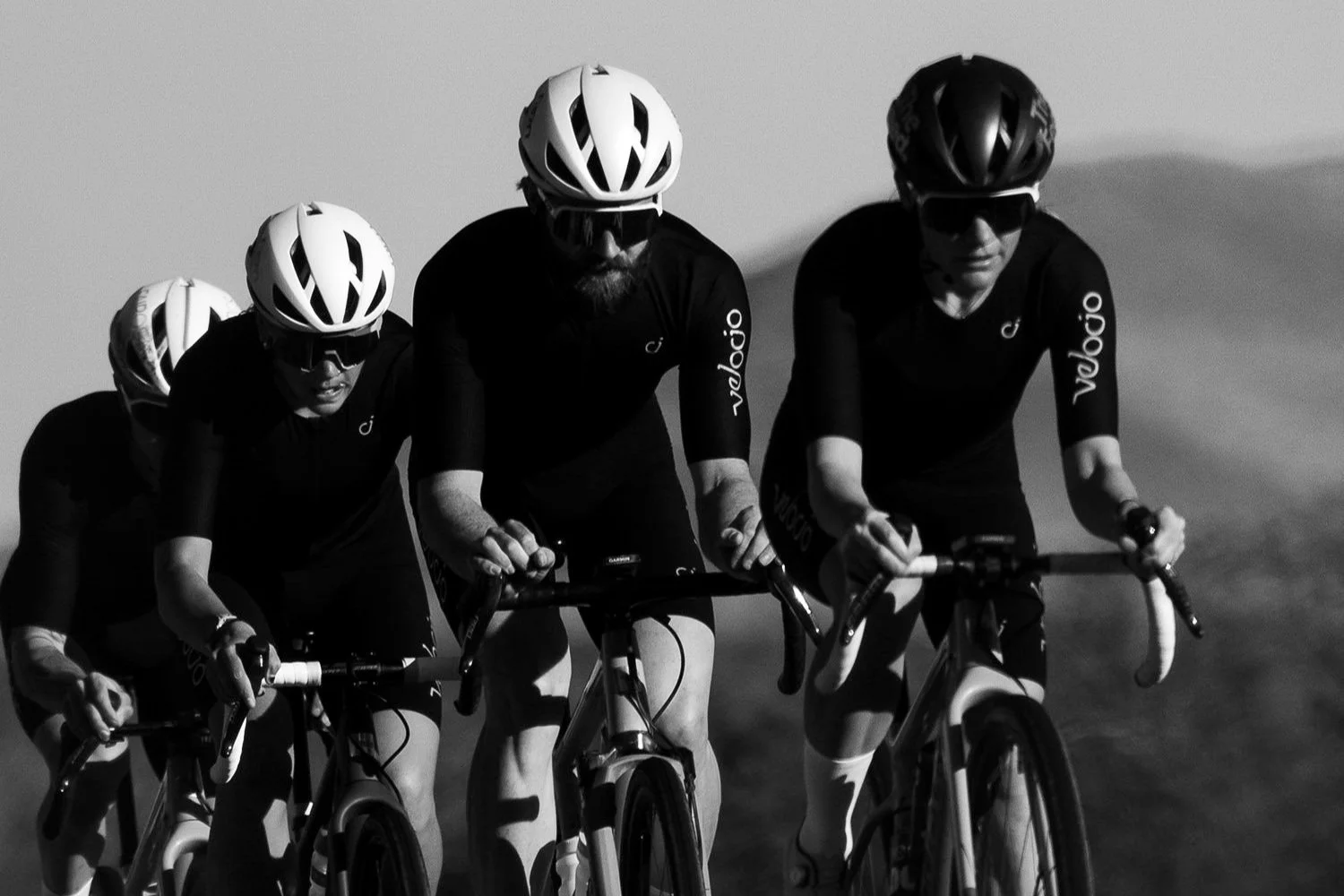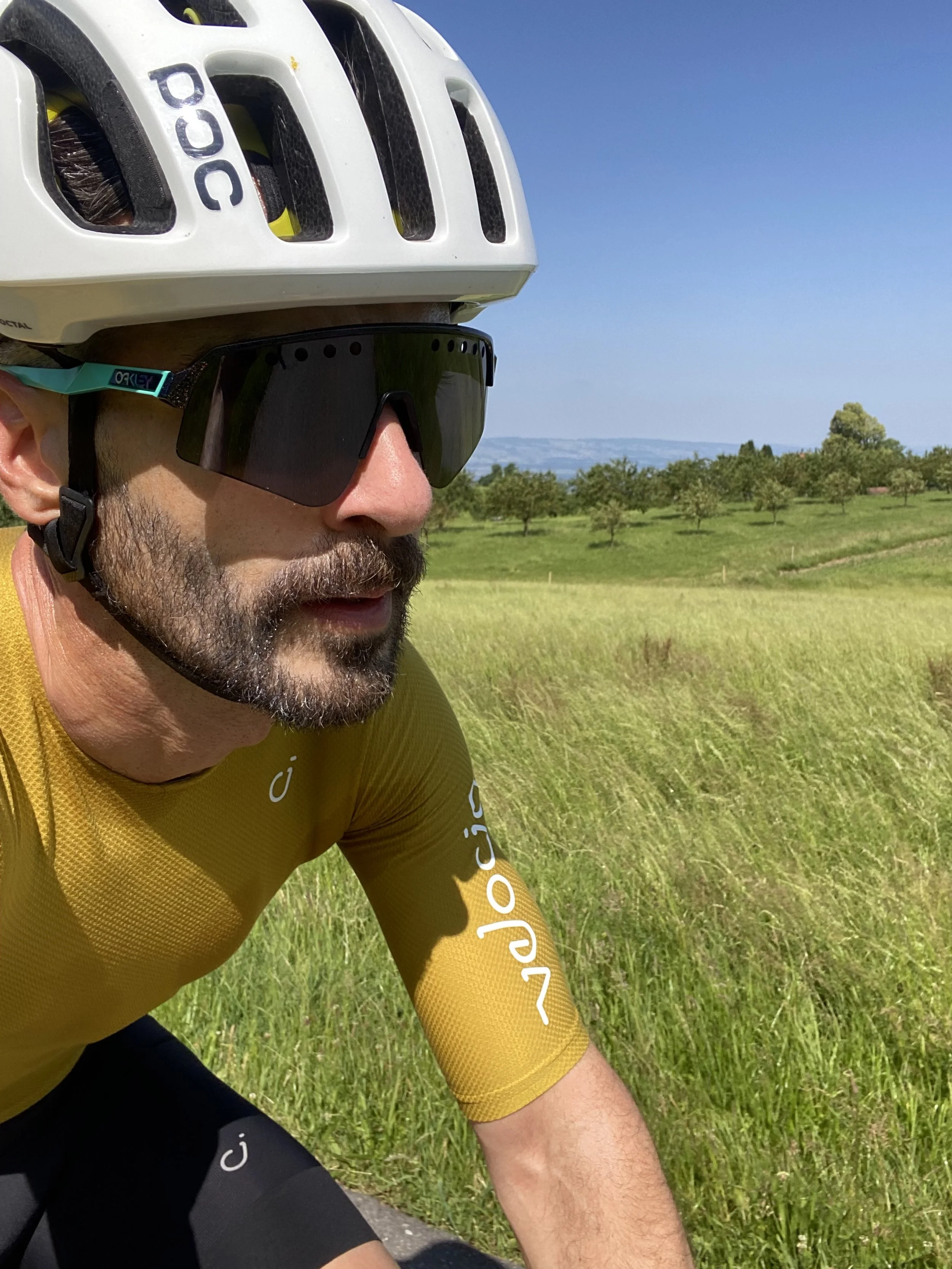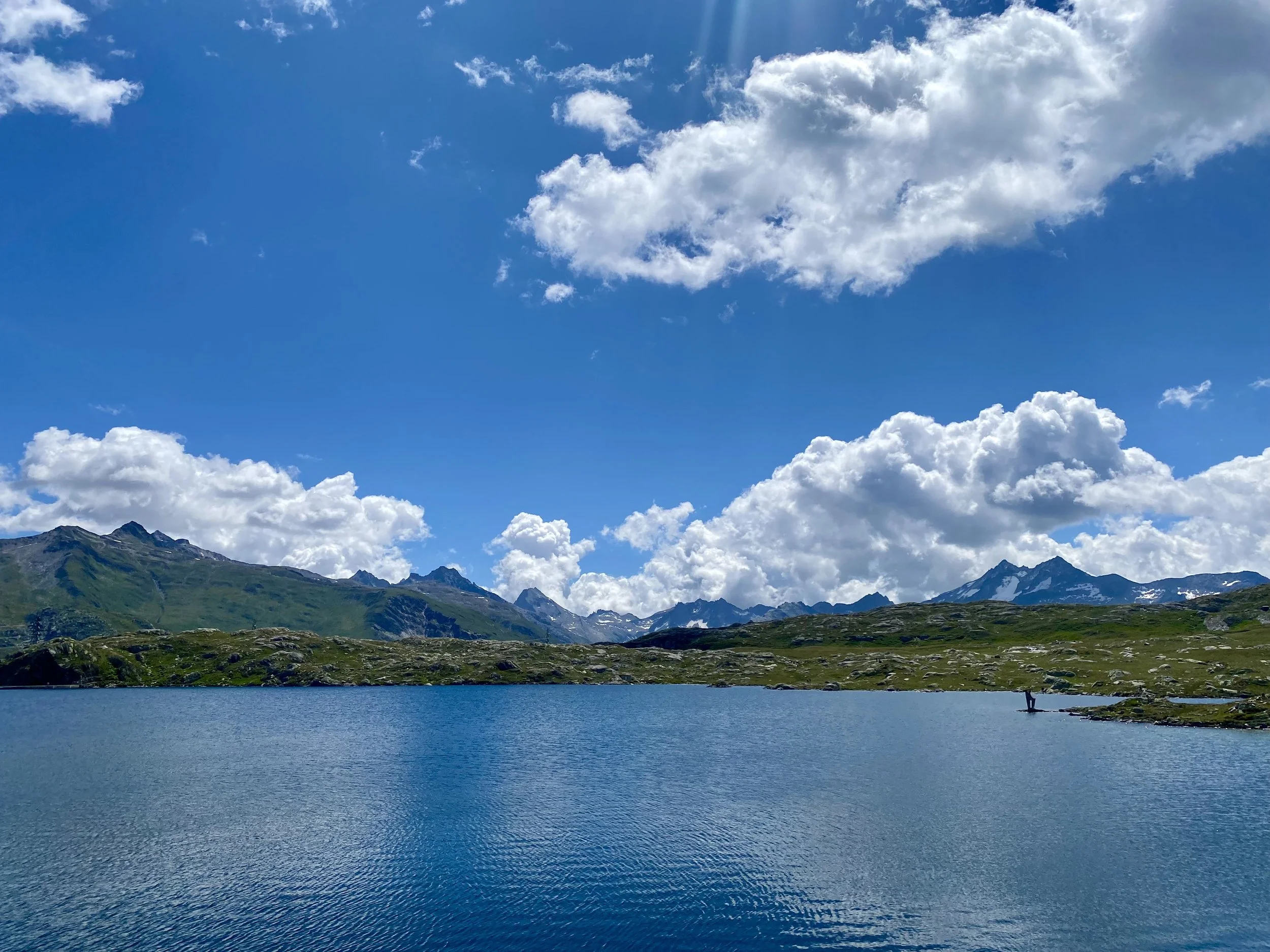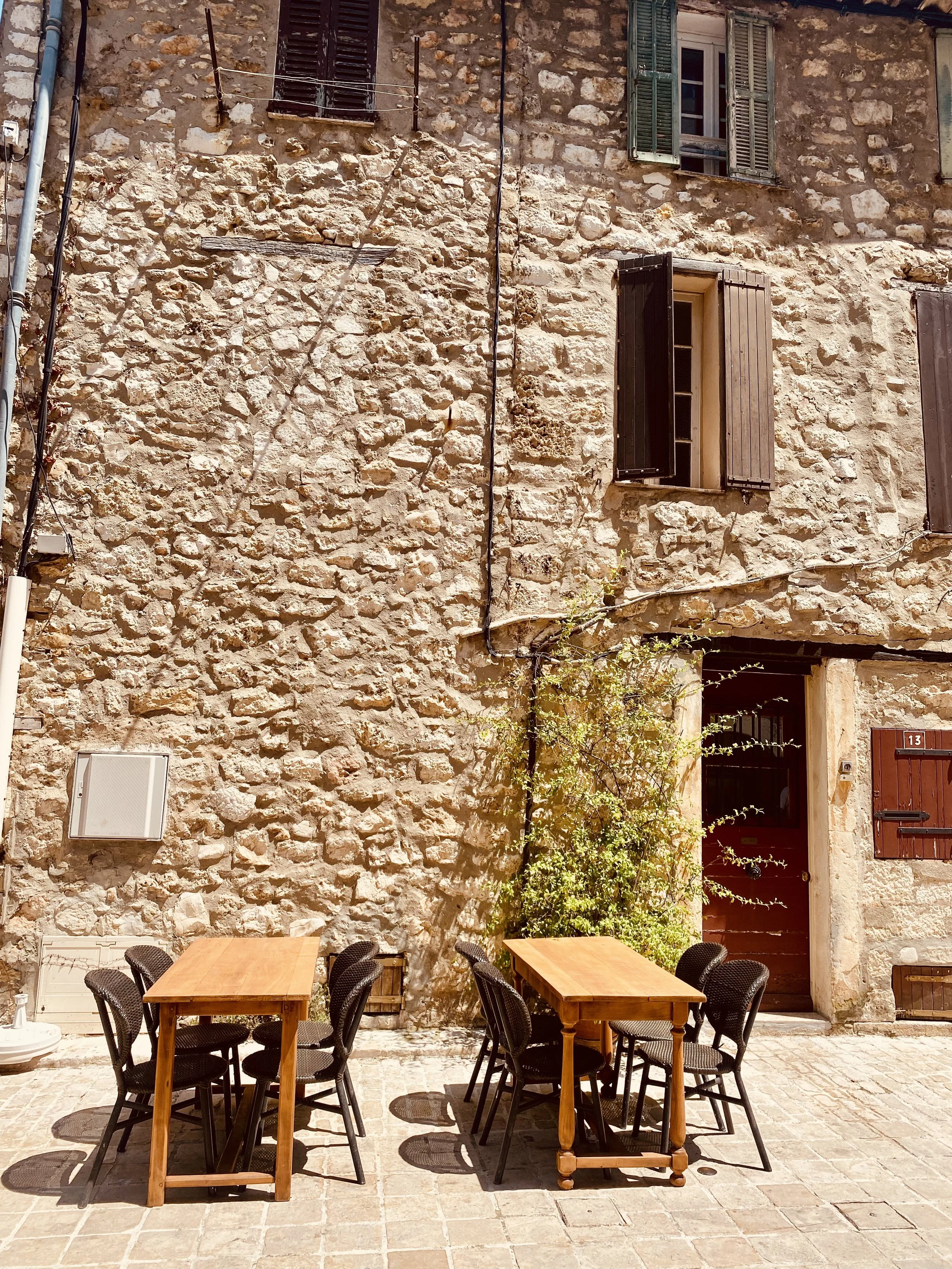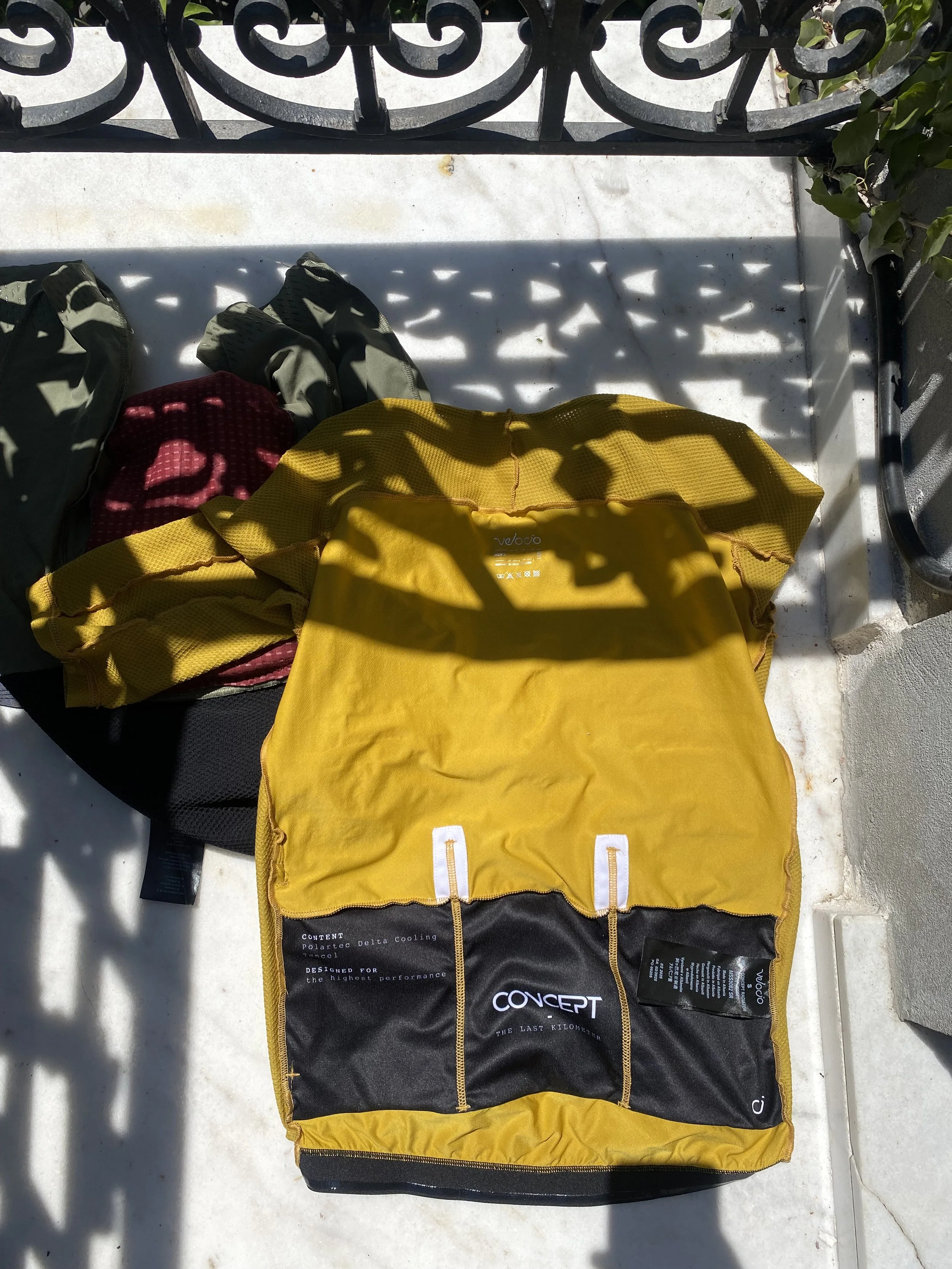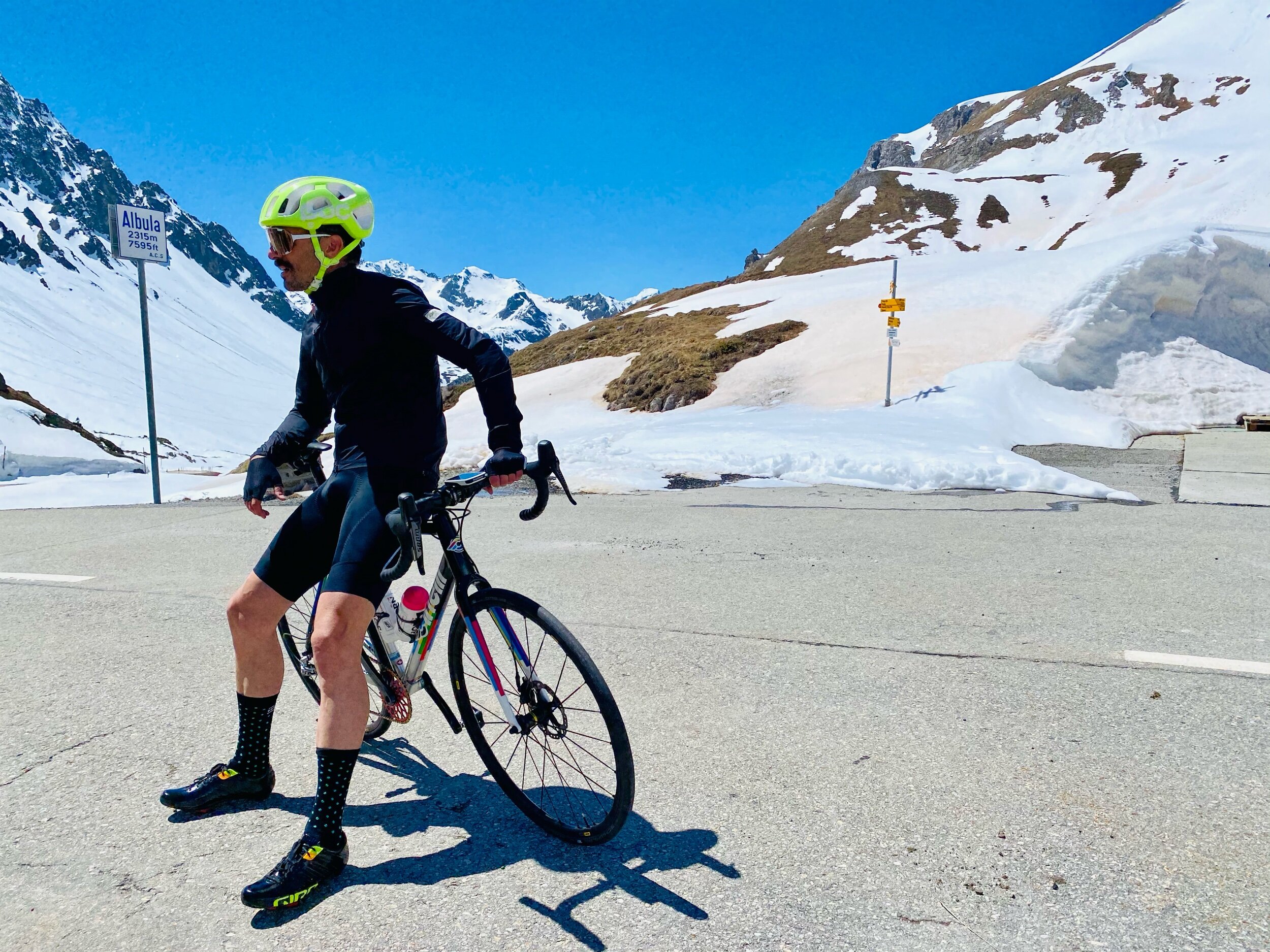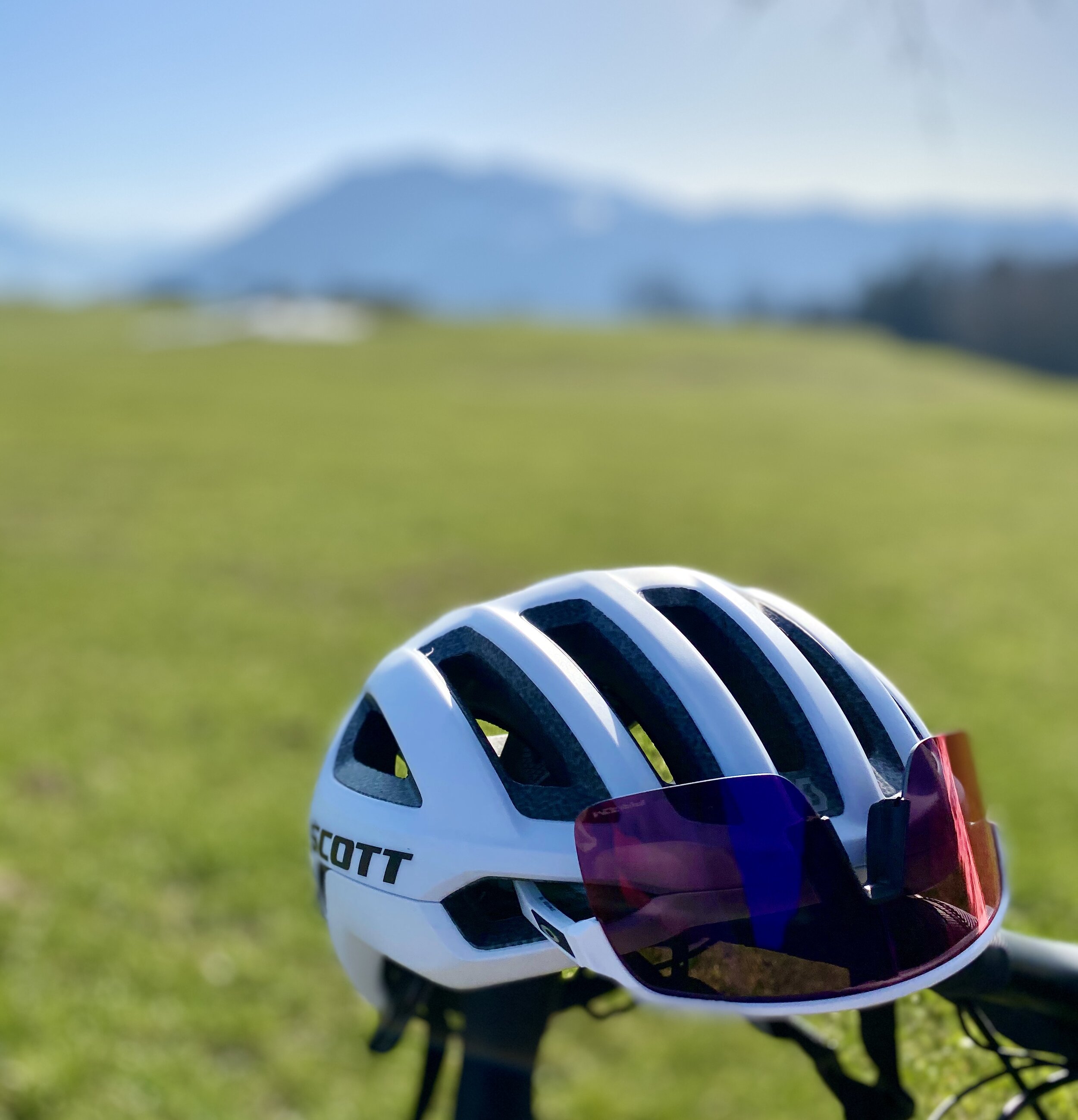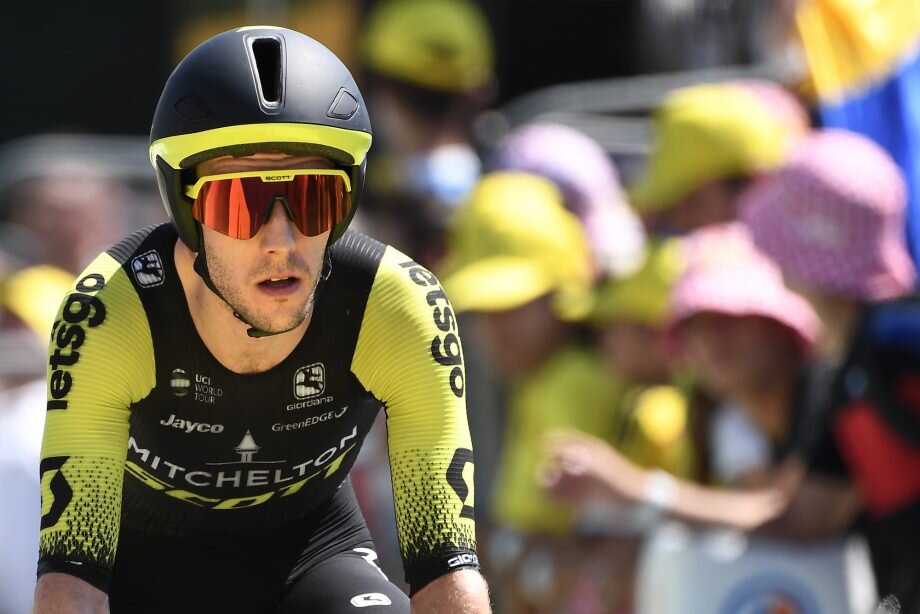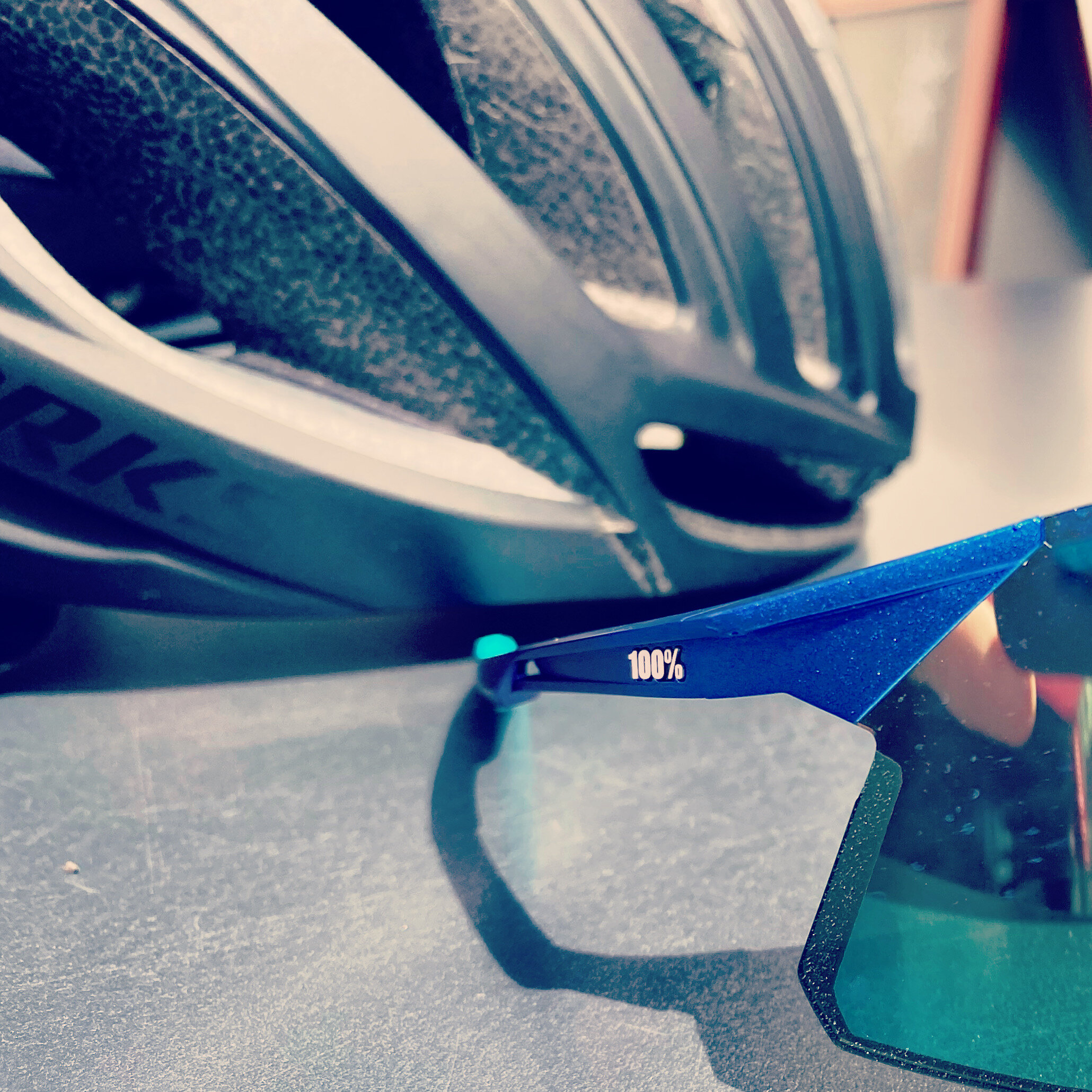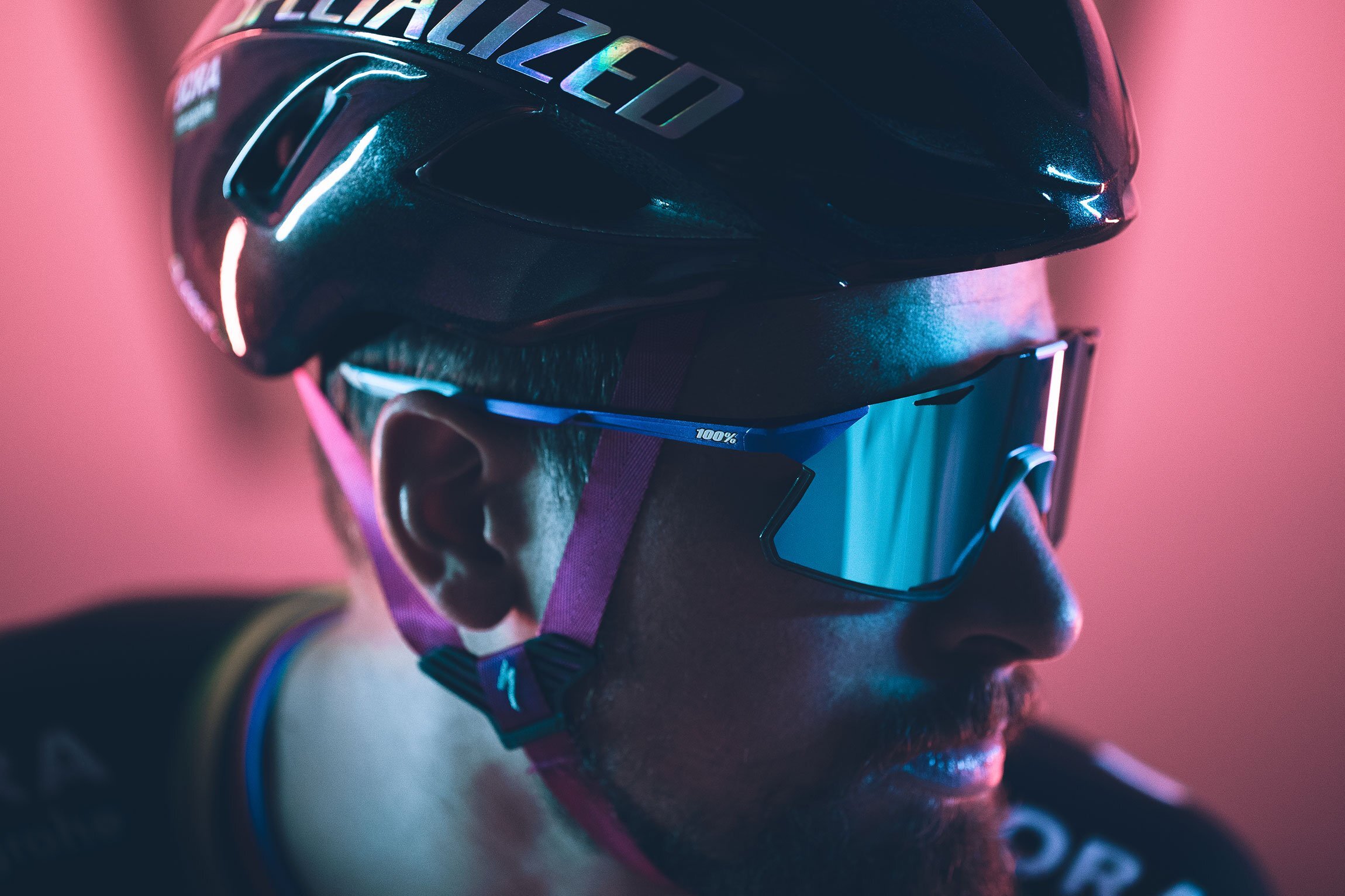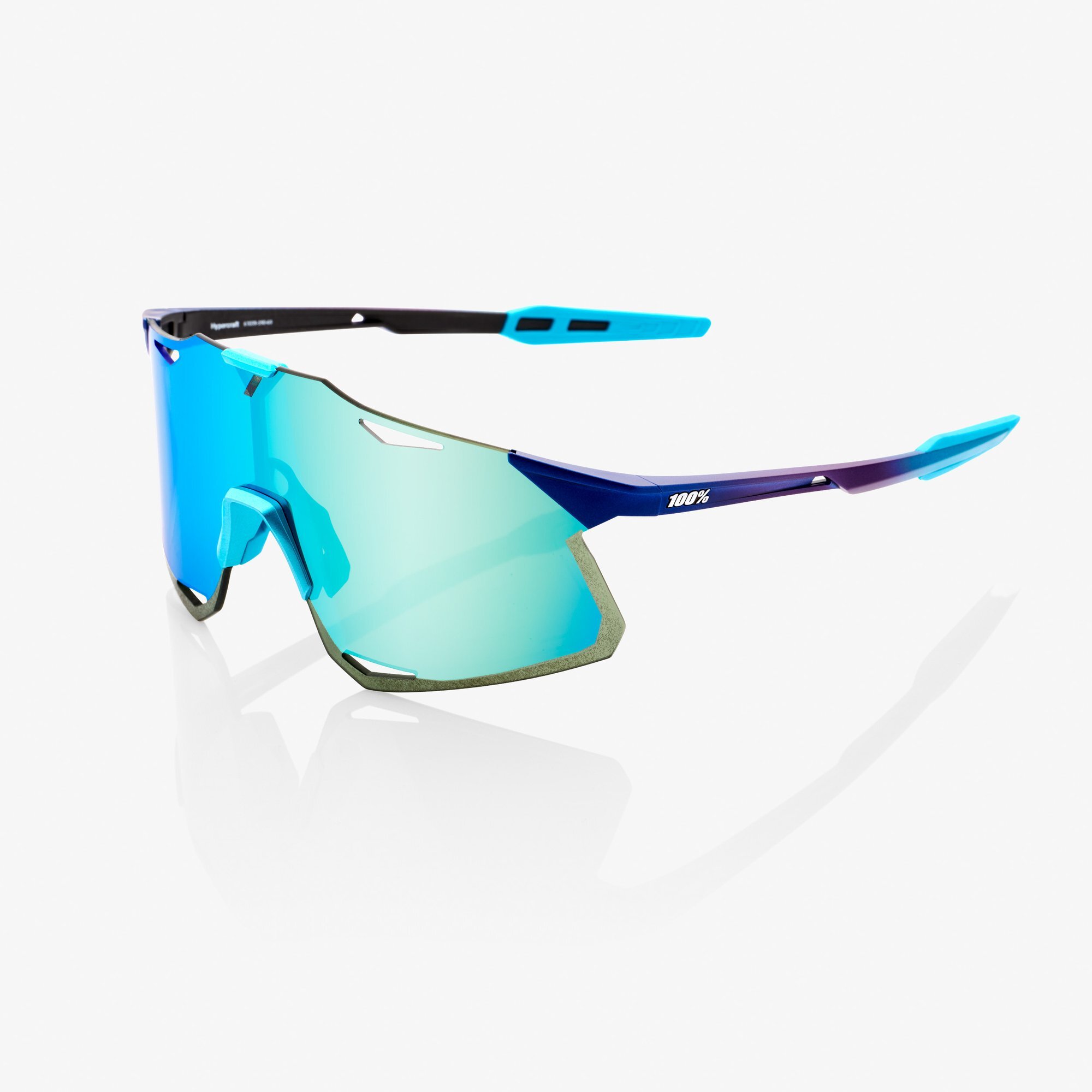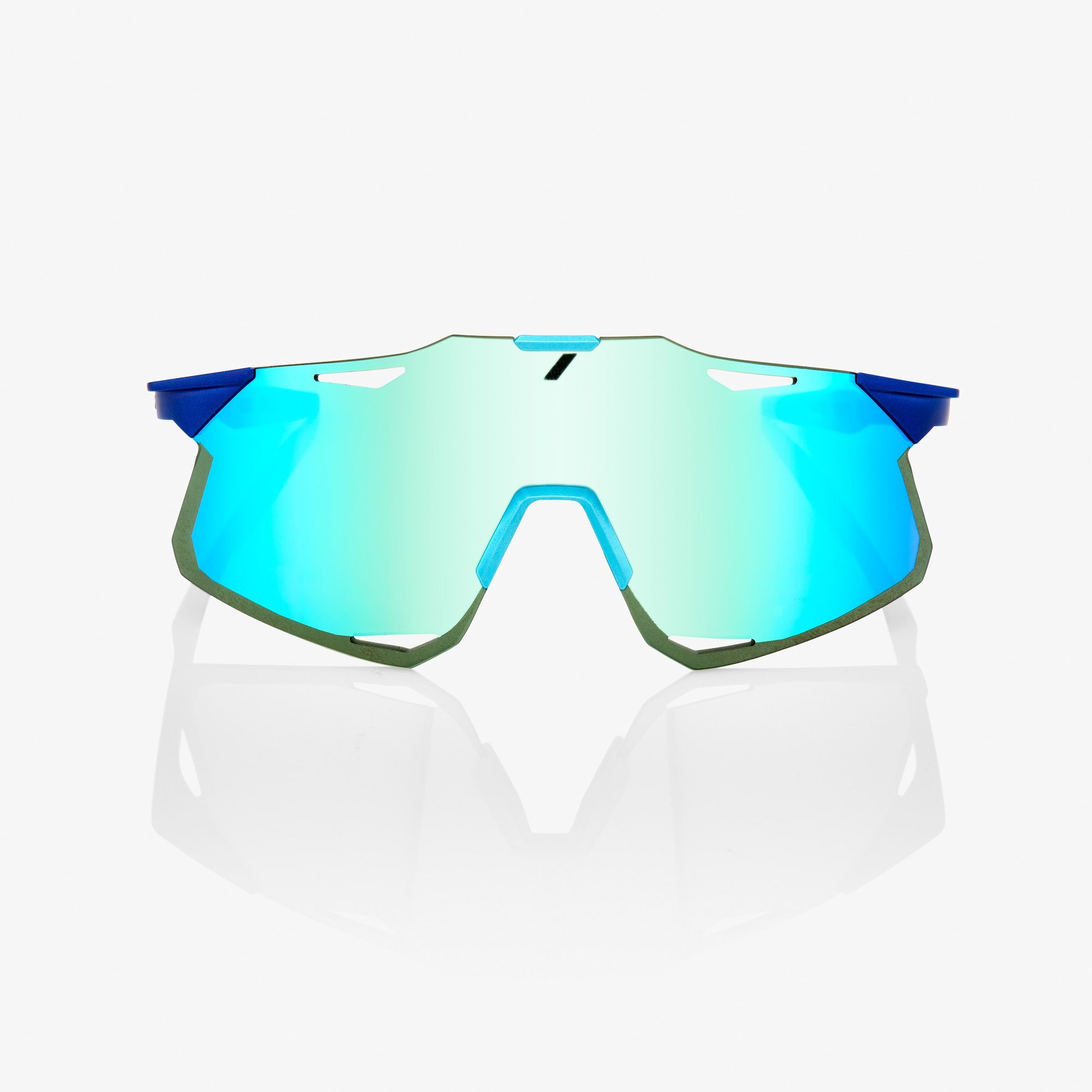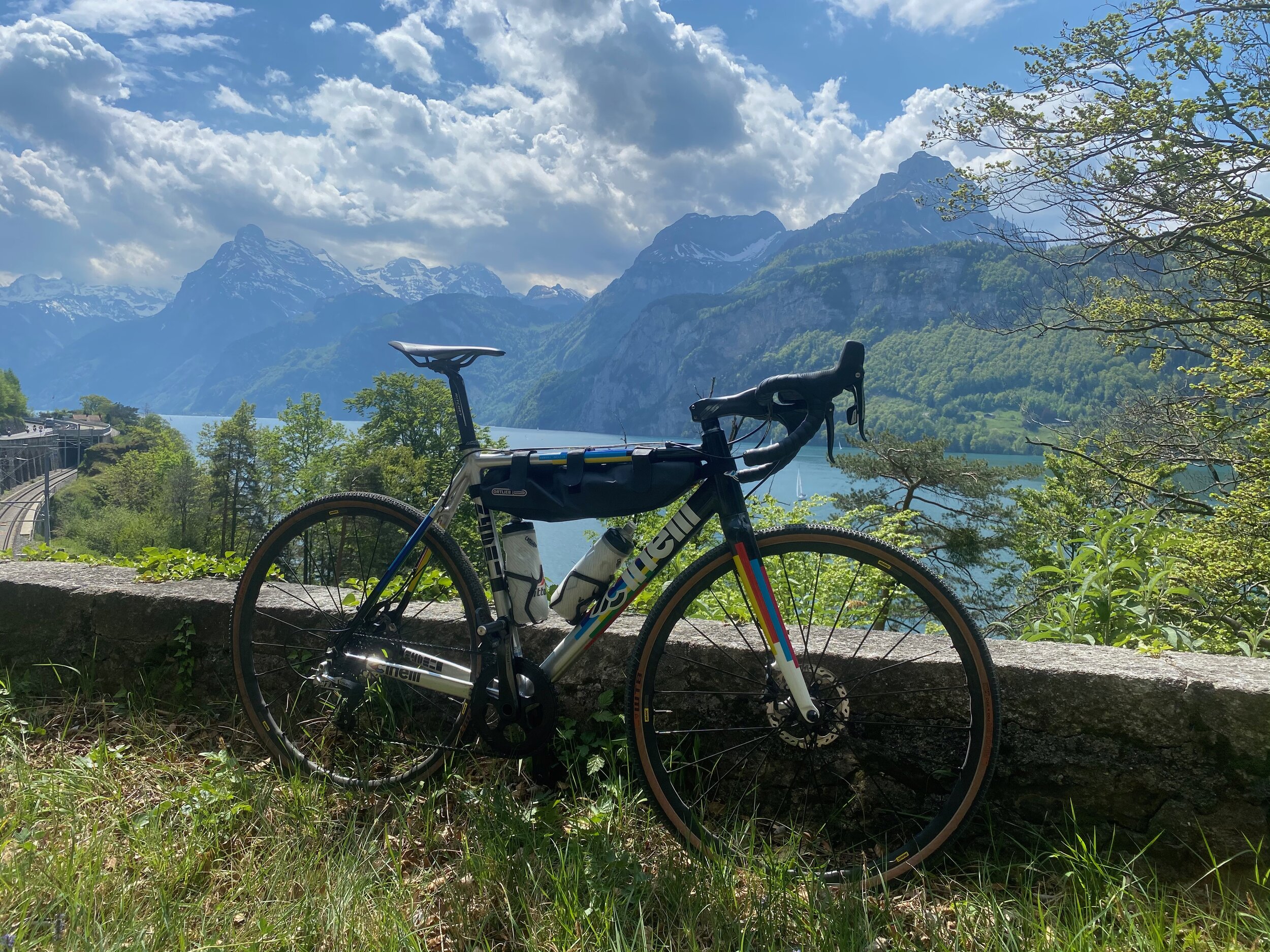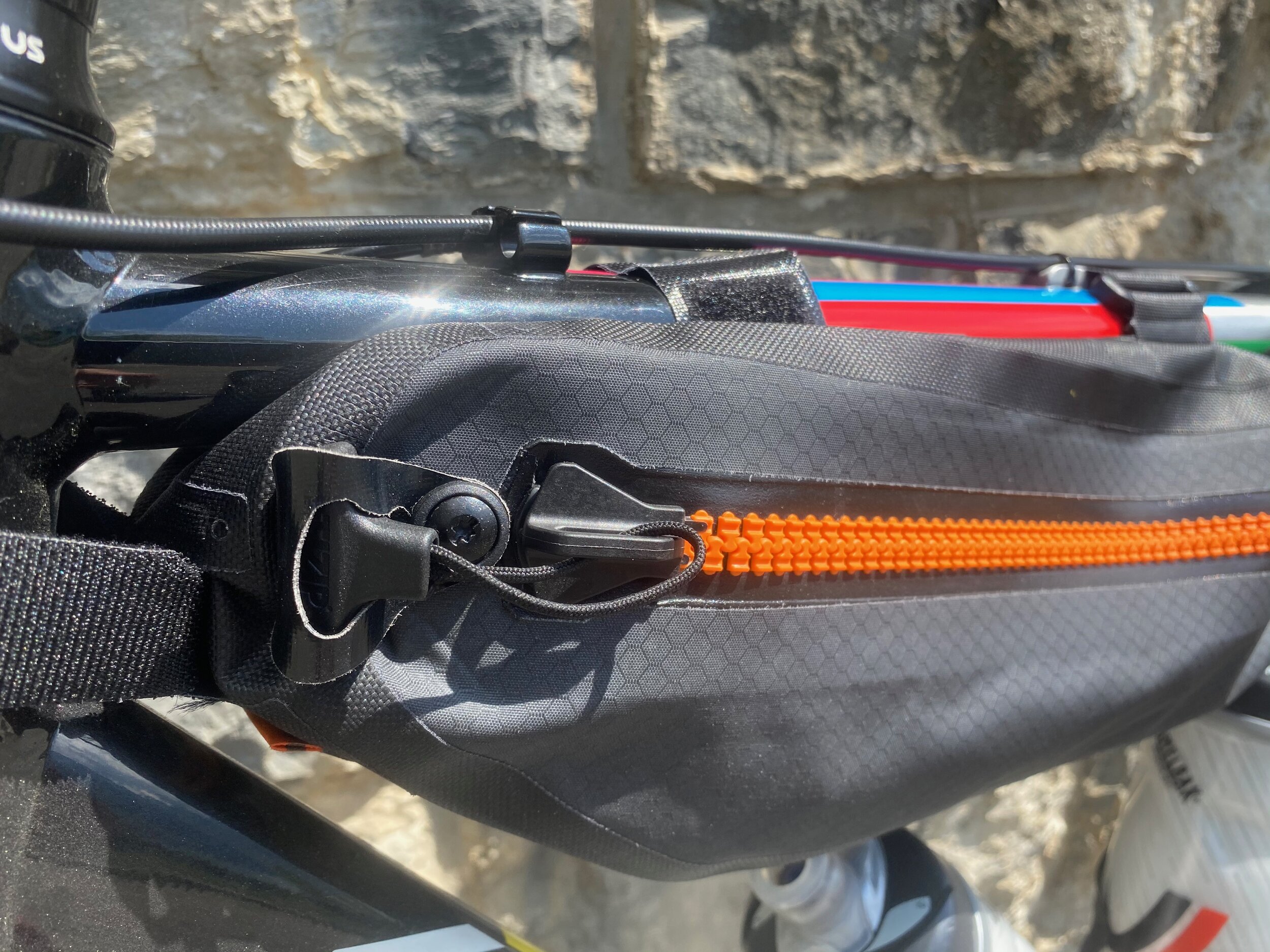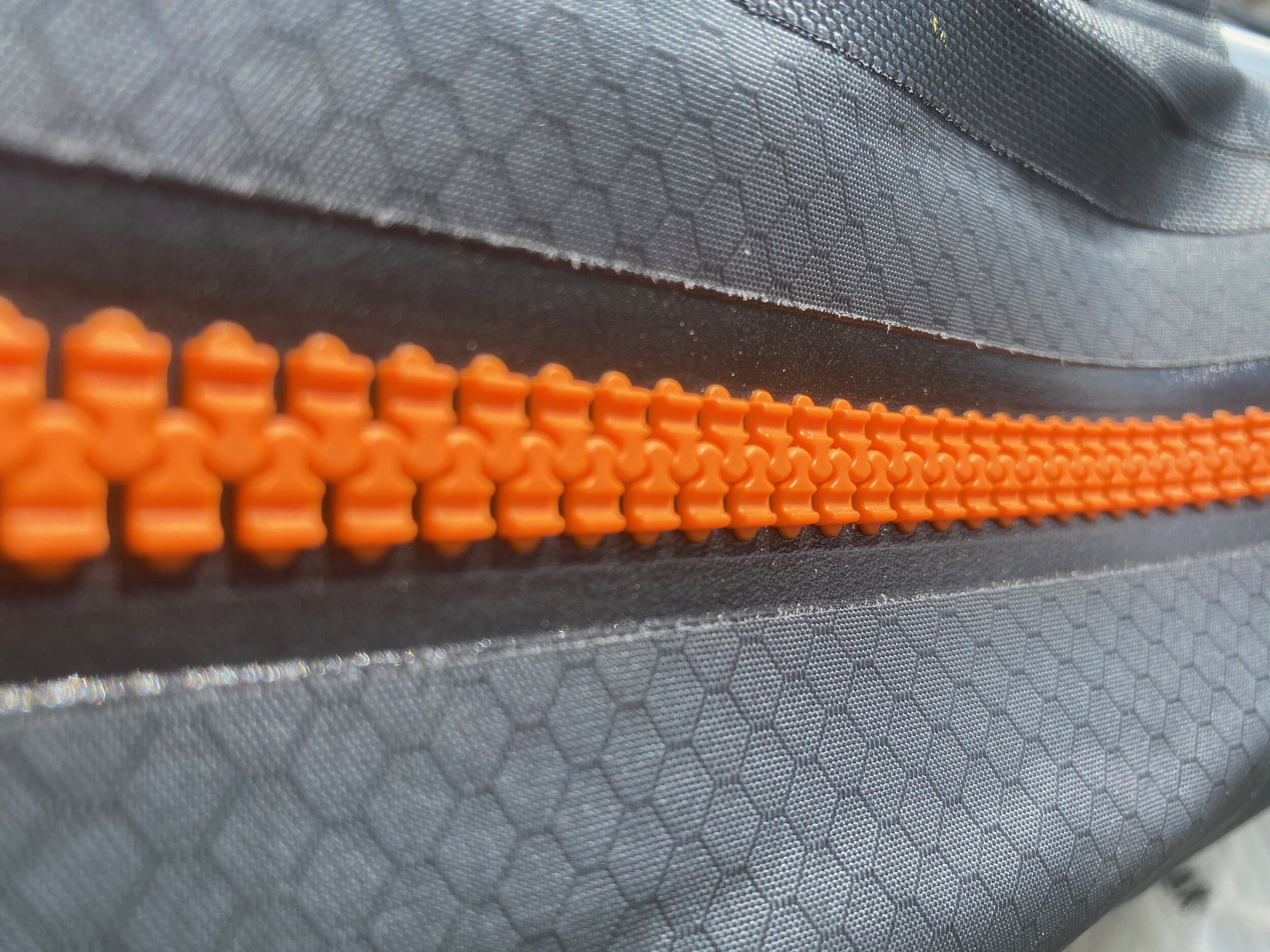Concept killer: how Velocio made cycling's best zipperless jersey
Quick read: initially created for casual rides, the 2025 Concept jersey has morphed into one of this year’s most functional, comfortable, original and race-ready kit designs, and almost completely by accident.
It’s pretty rare that a bit of kit comes across my desk that is at once beautifully conceived and also innovative. In most cases, form yields to function or vice versa.
And yet, the minute I start riding in Velocio’s Concept Radiator Jersey (SFr. 144), I park that notion. I am intrigued by the zipperless design, the simplicity, the originality, and the next-to skin-fit, and I am surprised to learn that something that feels so race ready was initially made for rides with no finish line.
“Velocio made a zipperless version of the Signature jersey, which had a slightly more relaxed fit and was designed for everyday riding,” explains Velocio’s press contact, Hayden Carpenter, via email interview. “The funny thing was ambassadors kept using it for races because they liked how it was more streamlined and comfortable.”
And thus, one of the best-looking original designs of 2025 was born.
We got our hands on the “old gold” Radiator Concept Jersey (second from left above, right) ahead of a trip to the Maritime Alps for five days of riding during a sweltering heat wave. The zipperless design turned heads at coffee stops and amongst friends; having had the chance to wear it a few times ahead of the trip, it also immediately become an essential part of my packing list for Nice.
The Concept Radiator is made from a Polartec Delta Mesh “Radiator” fabric. It’s incredibly breathable (even for riding at temperatures cresting on 40 degrees) (and surprisingly so, given there’s no zipper to vent on climbs), comfortable (owing to the lack of seams across the torso) and overall, is probably best described as wonderfully minimalist, aerodynamic, and an incredibly well-made piece of kit. It boasts three rear pockets and an additional zipper pocket (for keys) - all of which tuck away nicely with the next-to-skin fit.
At 185cm and 74kg, I fit comfortably into a size small (the jersey has a raglan effect and sleeve length hits just above the elbow). It’s probably best worn sans base layer (the fit yields the same function as base layer) however I did ride with one too once or twice, mainly to insulate in low twenty degree rides. Both worked.
I paired the jersey with a pair of moss Concept bibs - the brand’s signature. Another absolute home run and easily the favourite in my 2025 rotation to date. I also opted for small in the bibs. A race fit for sure, but owing to the give in the elastine and polyamide blended fabric and raw laser cut leg openings, were more than good to go on all-day efforts. And the green colour looked absolutely fantastic against the stunning Cote D’Azure backdrops.
Image curtesy of Velocio. But you get the vibe.
Final fun fact about the zipperless jersey: the simplified jersey construction is, according to the brand, fairly sustainable as well, thanks to fewer parts, less potential for bits to break, simpler repairs and better end-of-life processing. All of which makes sense (though I don’t plan on parting ways with this one anytime soon. Just the opposite, actually. More zipperless, please).
This is the third time I’ve been able to try riding in Velocio’s kit since 2016. With each iteration, they continue to exhibit product that is worth the investment, nice to look at, high-functioning, and long-lasting. The Concept Radiator pieces - seen more and more at crits and gravel gatherings - are no exception.
A worthy add to even the most accomplished kit bins.

